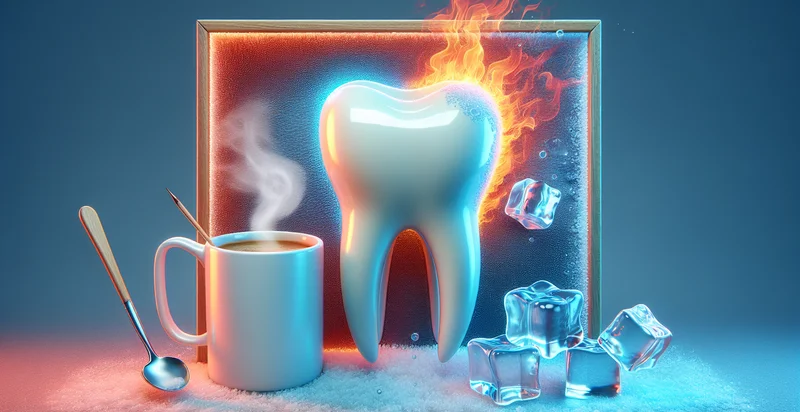Identify tooth sensitivity
using AI
Below is a free classifier to identify tooth sensitivity. Just input your text, and our AI will predict the level of tooth sensitivity an individual may experience - in just seconds.

Contact us for API access
Or, use Nyckel to build highly-accurate custom classifiers in just minutes. No PhD required.
Get started
import nyckel
credentials = nyckel.Credentials("YOUR_CLIENT_ID", "YOUR_CLIENT_SECRET")
nyckel.invoke("tooth-sensitivity", "your_text_here", credentials)
fetch('https://www.nyckel.com/v1/functions/tooth-sensitivity/invoke', {
method: 'POST',
headers: {
'Authorization': 'Bearer ' + 'YOUR_BEARER_TOKEN',
'Content-Type': 'application/json',
},
body: JSON.stringify(
{"data": "your_text_here"}
)
})
.then(response => response.json())
.then(data => console.log(data));
curl -X POST \
-H "Content-Type: application/json" \
-H "Authorization: Bearer YOUR_BEARER_TOKEN" \
-d '{"data": "your_text_here"}' \
https://www.nyckel.com/v1/functions/tooth-sensitivity/invoke
How this classifier works
To start, input the text that you'd like analyzed. Our AI tool will then predict the level of tooth sensitivity an individual may experience.
This pretrained text model uses a Nyckel-created dataset and has 5 labels, including Extreme Sensitivity, High Sensitivity, Low Sensitivity, Moderate Sensitivity and No Sensitivity.
We'll also show a confidence score (the higher the number, the more confident the AI model is around the level of tooth sensitivity an individual may experience).
Whether you're just curious or building tooth sensitivity detection into your application, we hope our classifier proves helpful.
Related Classifiers
Need to identify tooth sensitivity at scale?
Get API or Zapier access to this classifier for free. It's perfect for:
- Dental Health Monitoring: This use case involves using the tooth sensitivity identifier to monitor patients' oral health. By analyzing patient feedback and identifying instances of reported sensitivity, dental professionals can proactively address issues before they escalate, leading to better patient outcomes.
- Personalized Treatment Recommendations: Dental clinicians can leverage the identifier to tailor treatment plans based on a patient's sensitivity levels. By incorporating sensitivity data into their assessments, practitioners can recommend appropriate products or treatments that specifically cater to individual needs.
- Product Development Feedback: Manufacturers of oral care products can utilize the identifier to gather insights on consumer experiences with tooth sensitivity. This information can guide the development of new, innovative products designed to alleviate discomfort, ensuring they meet the actual needs of users.
- Marketing Campaign Optimization: By identifying individuals experiencing tooth sensitivity, dental brands can create targeted marketing campaigns. This allows them to effectively reach and address the pain points of a specific audience, demonstrating how their products or services can provide relief.
- Clinical Research Insights: Researchers can use the tooth sensitivity identifier to collect data for clinical studies related to dental treatments and materials. Understanding the prevalence and impact of tooth sensitivity can lead to advancements in dental practices and better patient care.
- Customer Service Enhancement: Companies in the dental industry can improve their customer support by utilizing the identifier to categorize and prioritize inquiries related to tooth sensitivity. This enables customer service teams to provide faster and more relevant solutions to patients or customers seeking help.
- Public Health Awareness Programs: Health organizations can employ the identifier to raise awareness of tooth sensitivity issues within communities. By identifying trends and demographics most affected by sensitivity, they can create tailored educational campaigns to promote better oral health practices and product usage.


